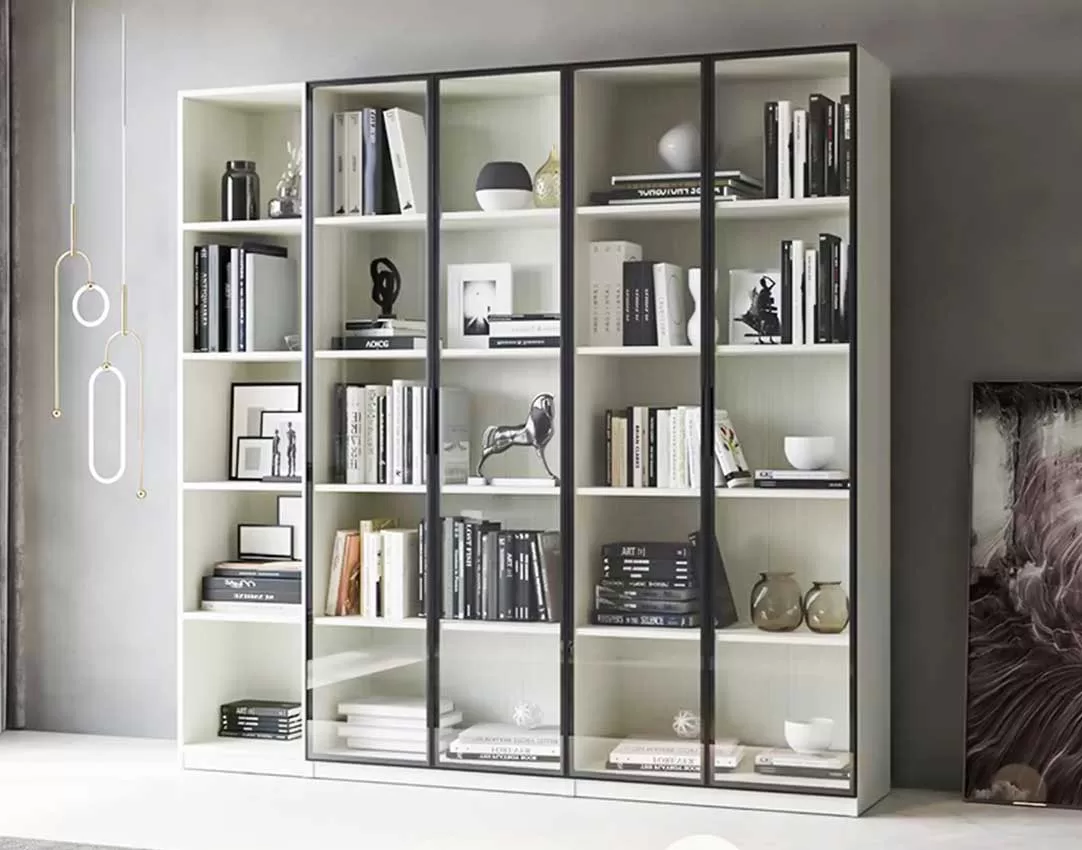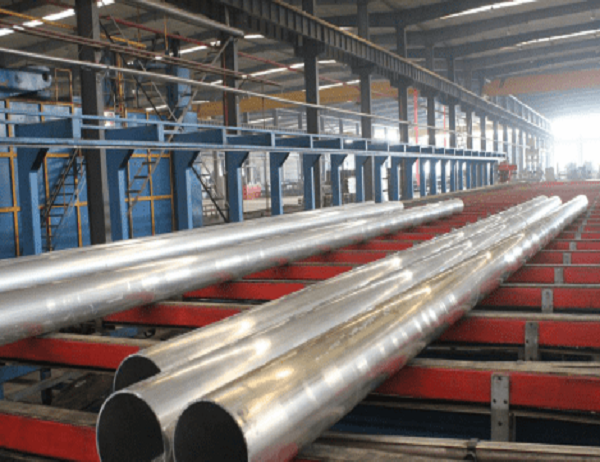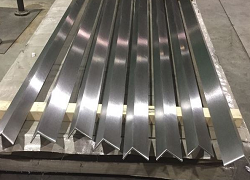The Cost-Effectiveness of Industrial Aluminum Profiles vs. Other Materials: A Comparative Analysis
Introduction
Industrial aluminum profiles are a versatile and cost-effective material widely used in various industries, from construction and transportation to machinery and consumer products. Their popularity stems from their inherent properties and competitive pricing compared to other commonly used materials. This article provides a comprehensive analysis of the cost-effectiveness of industrial aluminum profiles against alternative materials, highlighting their advantages and considerations.
Industrial aluminum profiles are renowned for their exceptional durability and longevity. Aluminum is a strong, corrosion-resistant metal that can withstand harsh weather conditions, wear and tear, and chemical exposure. Unlike other materials such as steel or wood, aluminum profiles do not rust, rot, or deteriorate over time, resulting in lower maintenance costs and a longer lifespan, reducing the need for frequent replacements.
Aluminum profiles are lightweight yet possess remarkable strength. This unique combination enables designers to create structures and components that are both robust and easy to handle. Compared to heavier materials like steel, aluminum allows for lighter designs, reducing shipping and installation costs. The high strength-to-weight ratio of aluminum profiles also contributes to their durability and resistance to bending or deformation.
Industrial aluminum profiles offer a wide range of design options and versatility. They can be easily extruded, cut, bent, and fabricated to meet specific application requirements. This versatility allows for customization and the creation of complex geometries and shapes, which can be challenging to achieve with other materials. The ability to customize profiles to exact specifications minimizes material waste and enhances aesthetic appeal.
Aluminum profiles contribute to energy efficiency and environmental sustainability. Aluminum is highly reflective, aiding in heat dissipation and reducing energy consumption for cooling. Additionally, aluminum is a recyclable material, minimizing its environmental impact and promoting circularity. Compared to non-recyclable materials, aluminum profiles provide a sustainable and environmentally friendly alternative.
The cost-effectiveness of industrial aluminum profiles extends beyond their initial purchase price. While aluminum may be slightly more expensive than some other materials, it offers a lower total cost of ownership. The aforementioned advantages, including durability, longevity, and reduced maintenance, translate into significant savings over the product’s lifespan. Additionally, the recyclability of aluminum minimizes disposal costs and contributes to its overall cost-effectiveness.
Industrial aluminum profiles provide a highly cost-effective solution compared to other materials for a wide range of applications. Their durability, lightweight, versatility, energy efficiency, and environmental sustainability make them a preferred choice for industries seeking reliable, long-lasting, and sustainable materials. By carefully considering the factors discussed in this article, decision-makers can optimize their material selection and maximize the value of their investments.



